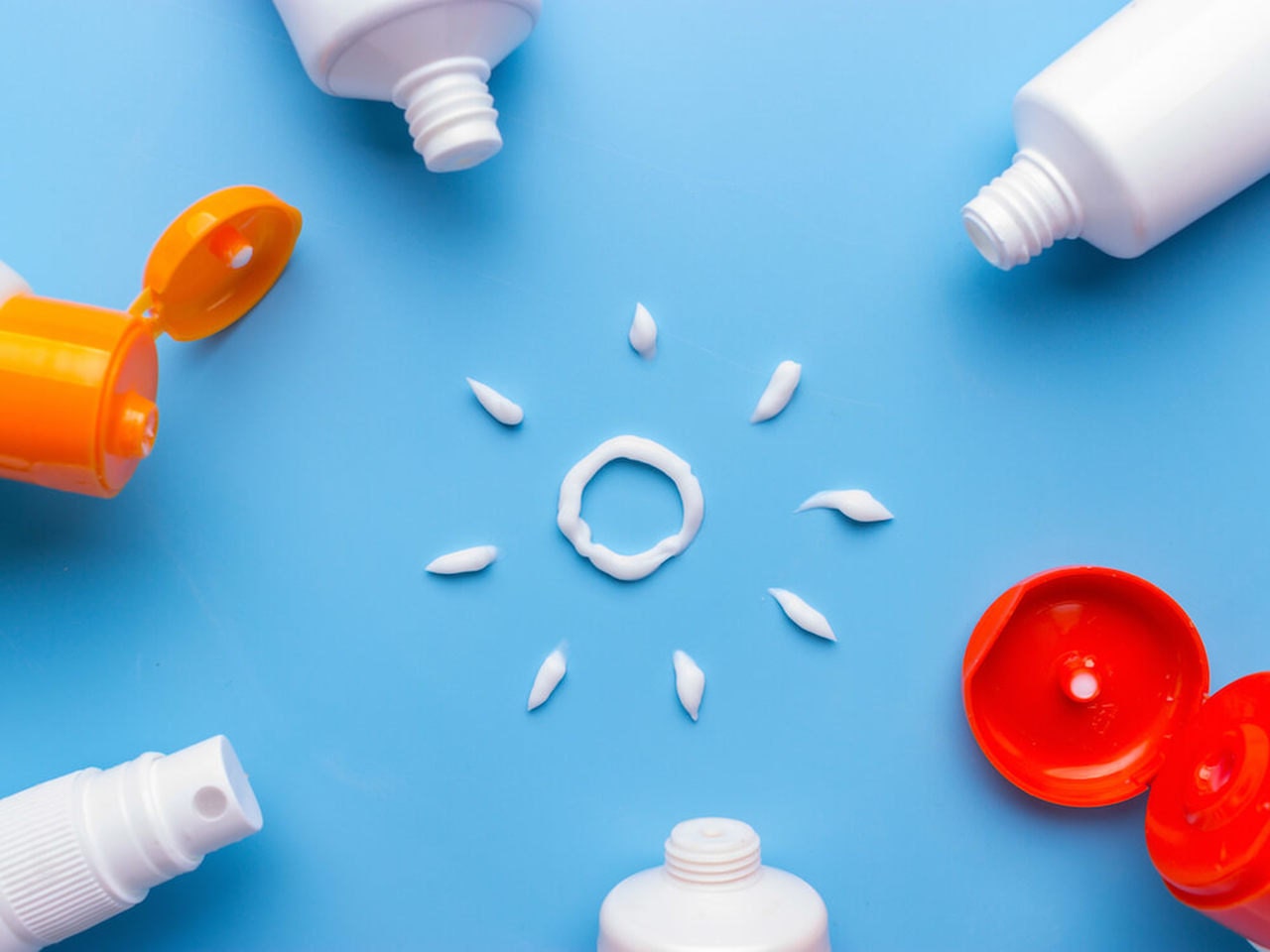During the colder months, popular myths about not needing to apply sunscreen circulate. It's time to bust some myths about the effects of sunscreen on your skin during the winter.
Routine transitions are common in skin care, but the importance of using sunscreen as the final step in your routine has recently gained attention. If you're still unsure about wearing an extra layer, here's why you need sun protection all year.

SPF is an abbreviation for sun protection factor, which calculates how much UV radiation (UVA and UVB rays) the sun must emit to cause skin aging and burning.
UVA rays cause premature aging, whereas UVB rays cause burns, redness, and tanning. SPF also protects your skin from sun damage, skin cancer, redness, photodamage, and inflammation.

According to experts, a minimum of SPF 30 provides protection against 97% of UVB rays hitting your face and body. The + symbol on your sunscreen indicates how well it will protect your skin.
For instance;
PA+ indicates that your sunscreen will provide some UVA protection.
PA++ means that your sunscreen offers moderate protection.
PA+++ sunscreen is the most effective of the three.
Every thousand meters above sea level, UV radiation increases by 5%. The ozone layer, which is at its thinnest during the winter months, allows the sun's rays to penetrate the atmosphere more easily. Furthermore, exercising outside on snowy, white surfaces reflects radiation, increasing sunlight and increasing the likelihood of flammable and harsher skin reactions.
Windy, cold weather dries out your sunscreen and wears it away faster than warmer weather. This means that sunscreen should be reapplied every 4-5 hours, especially when going outside.

